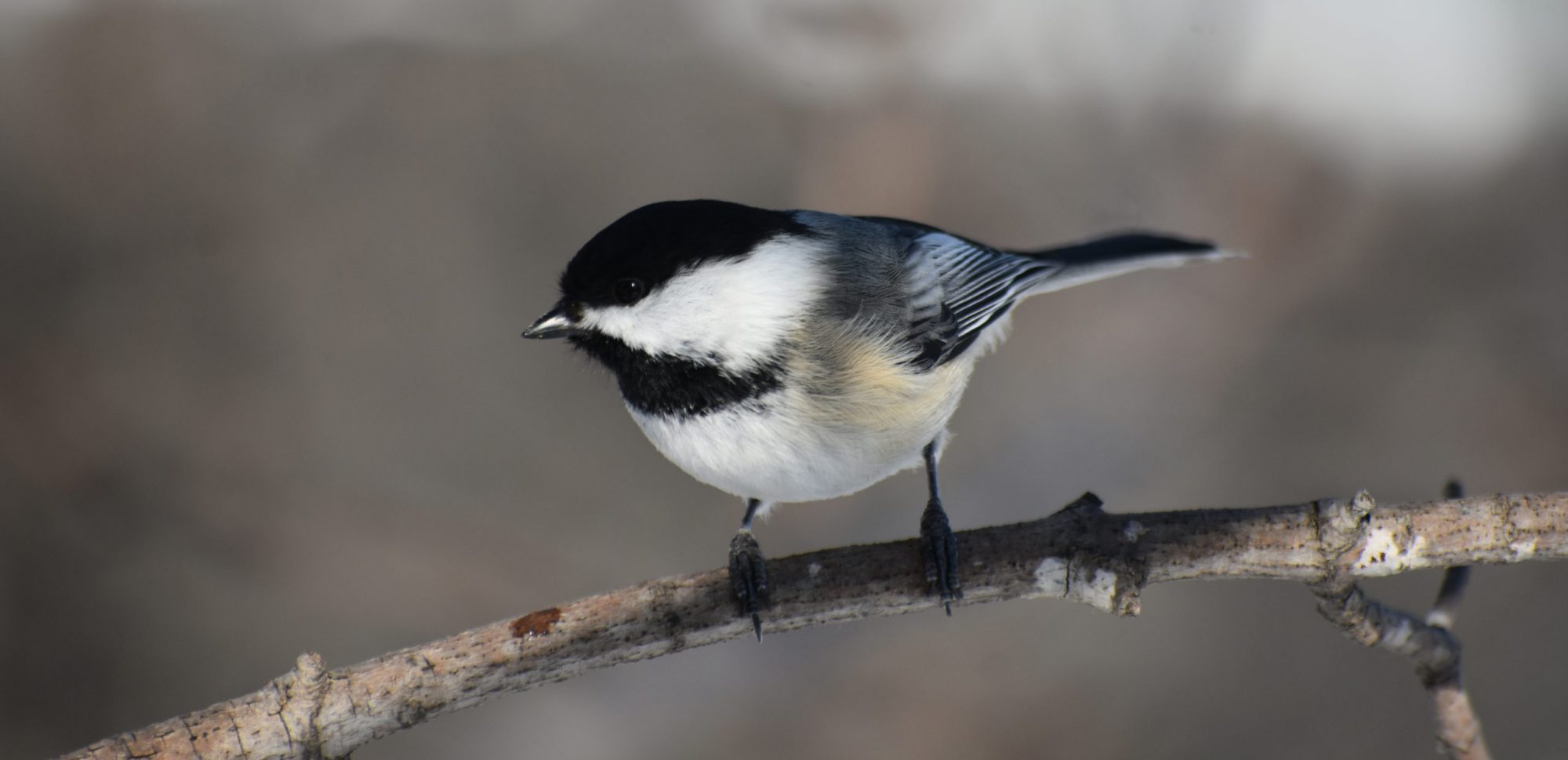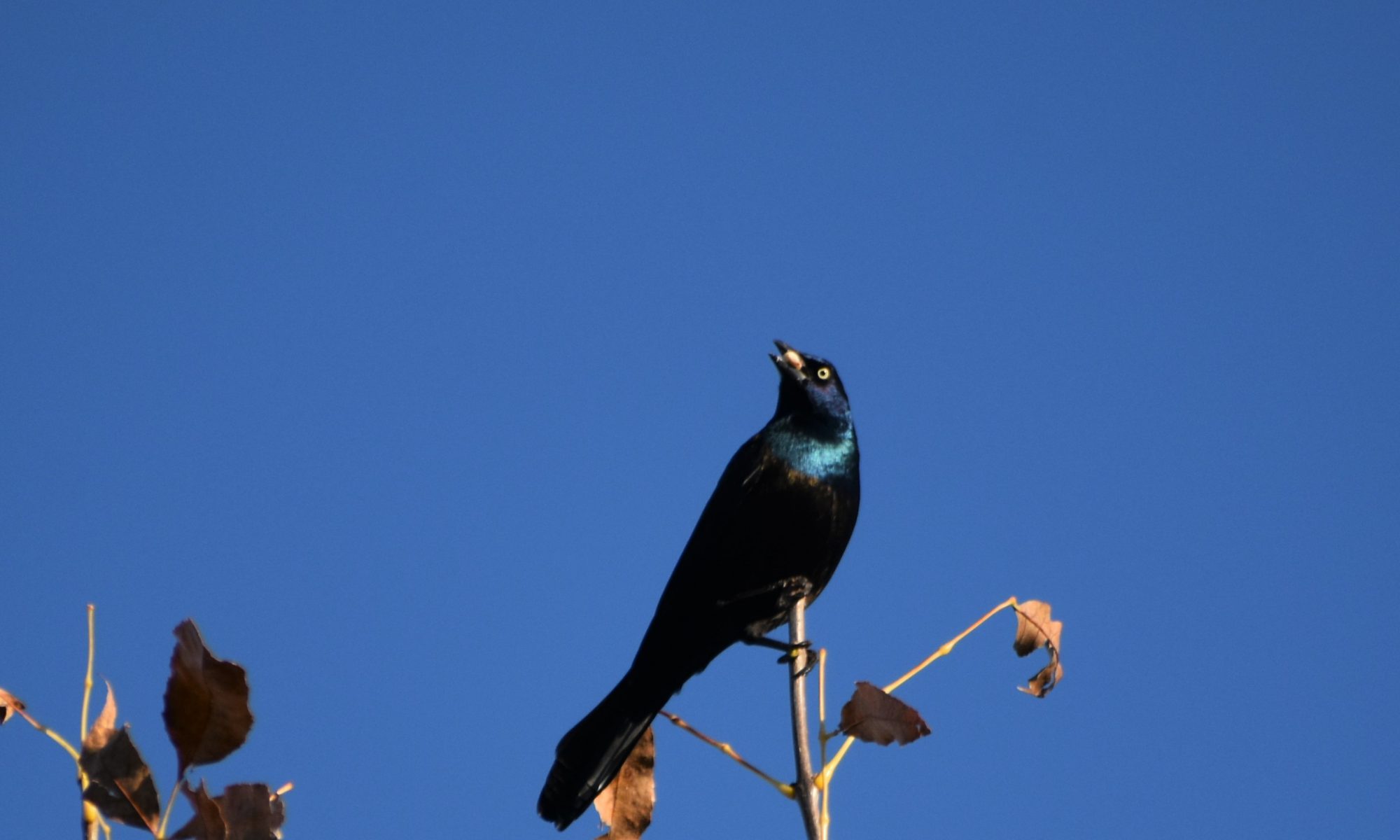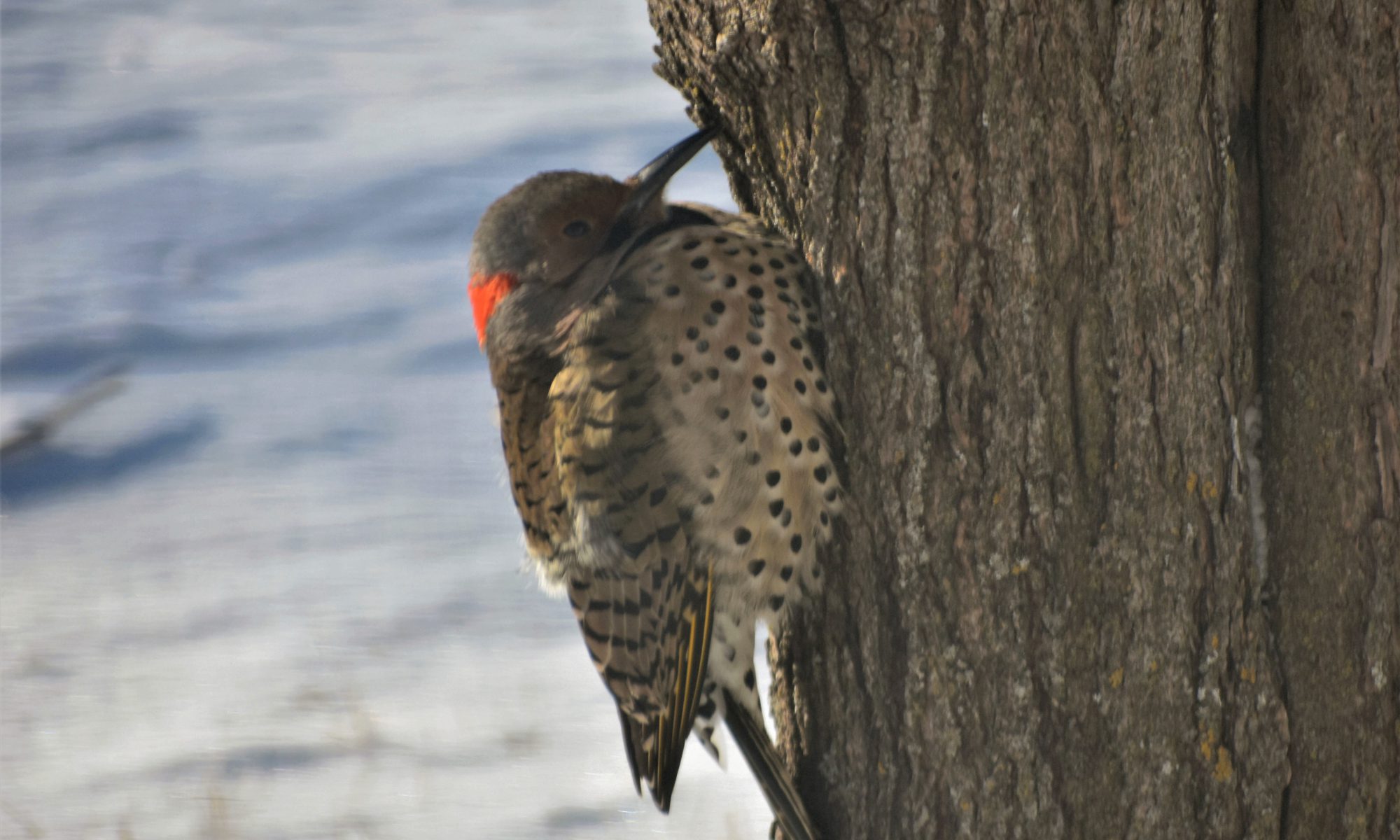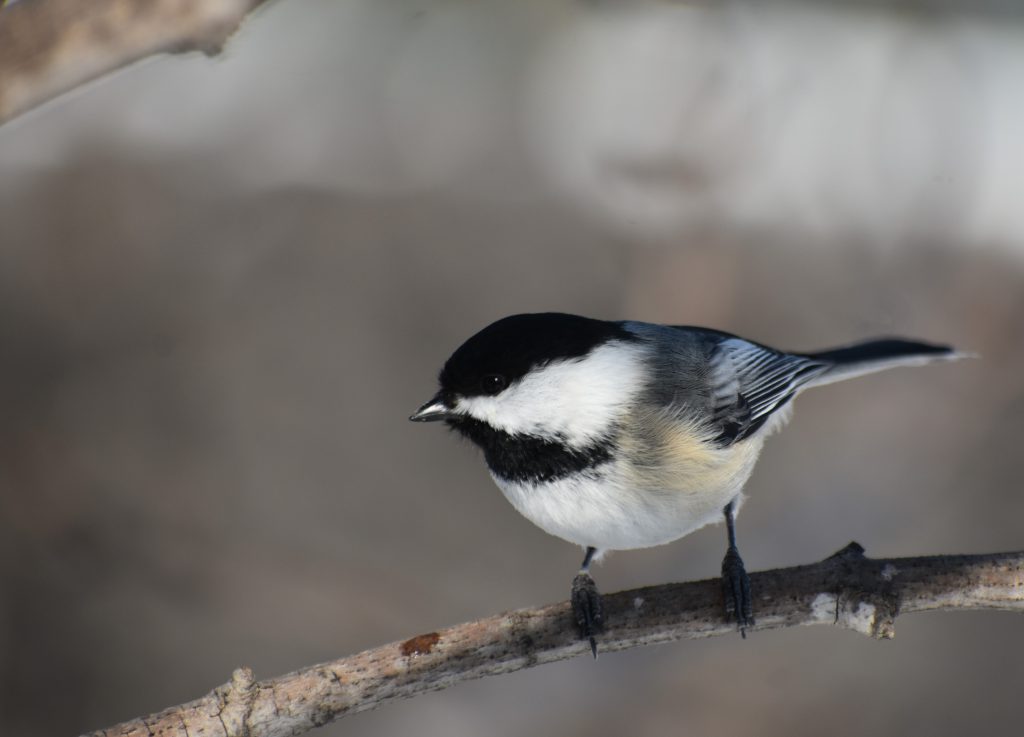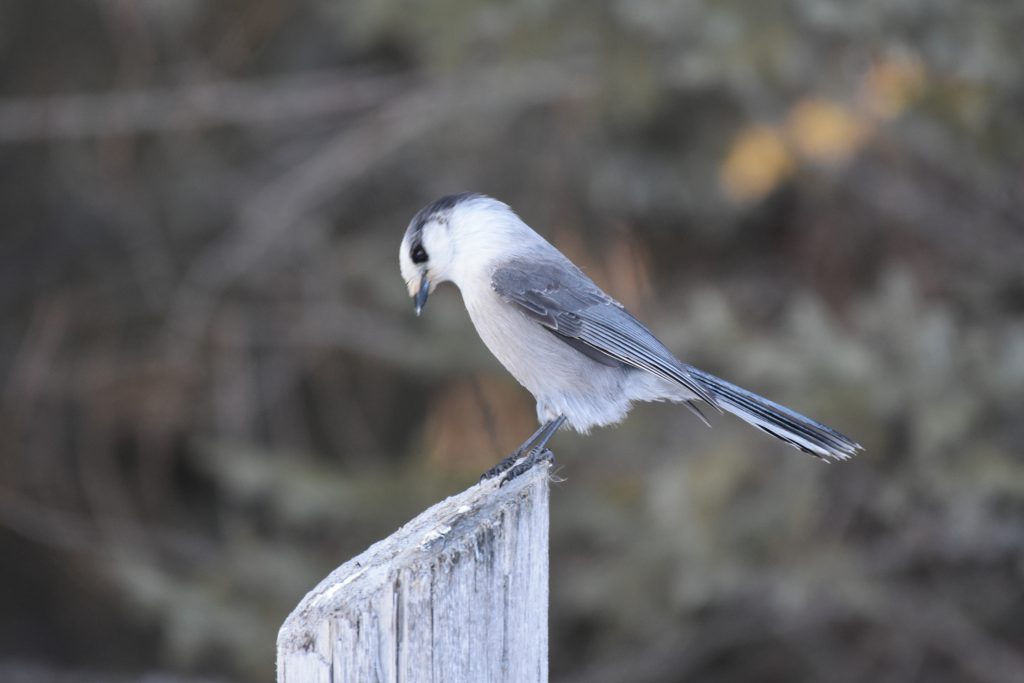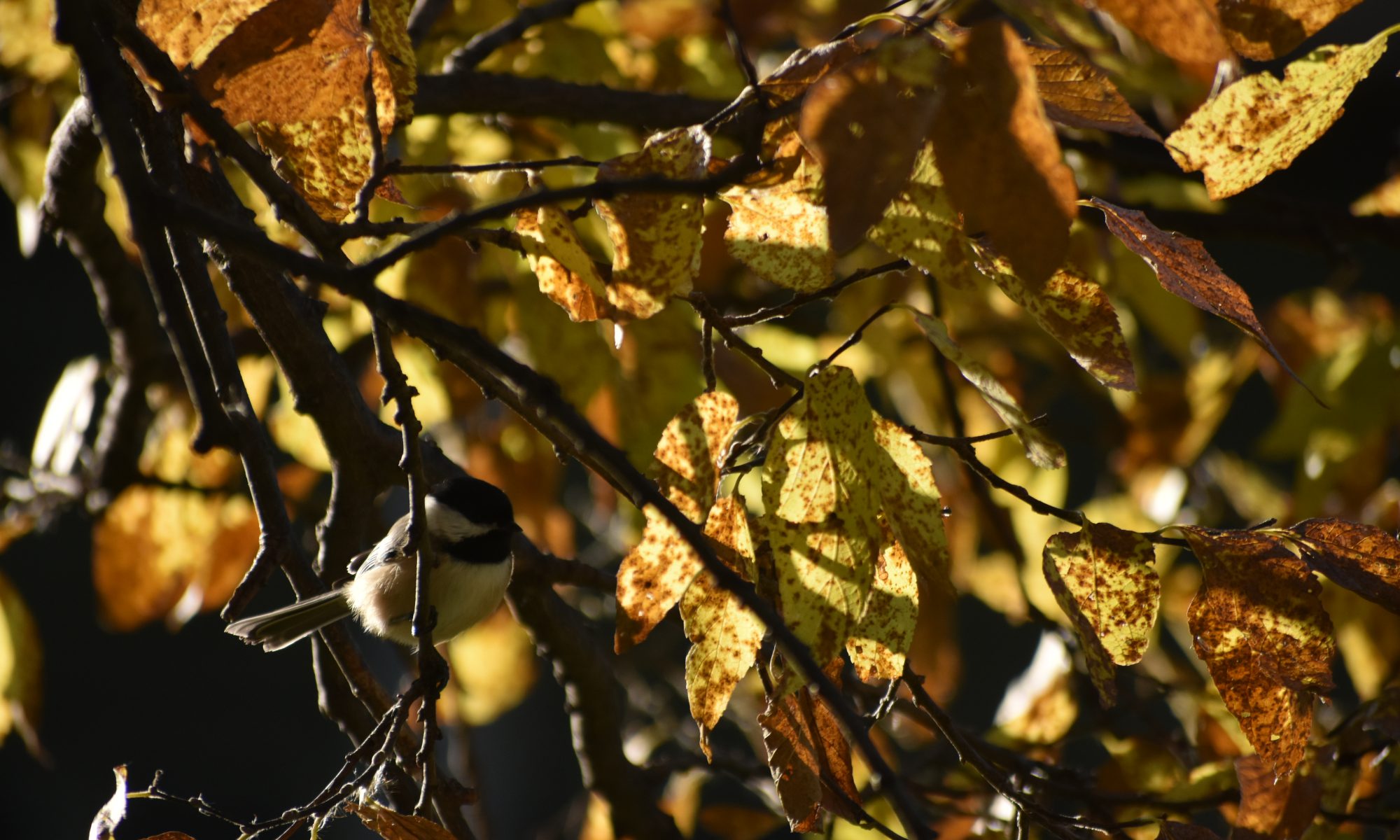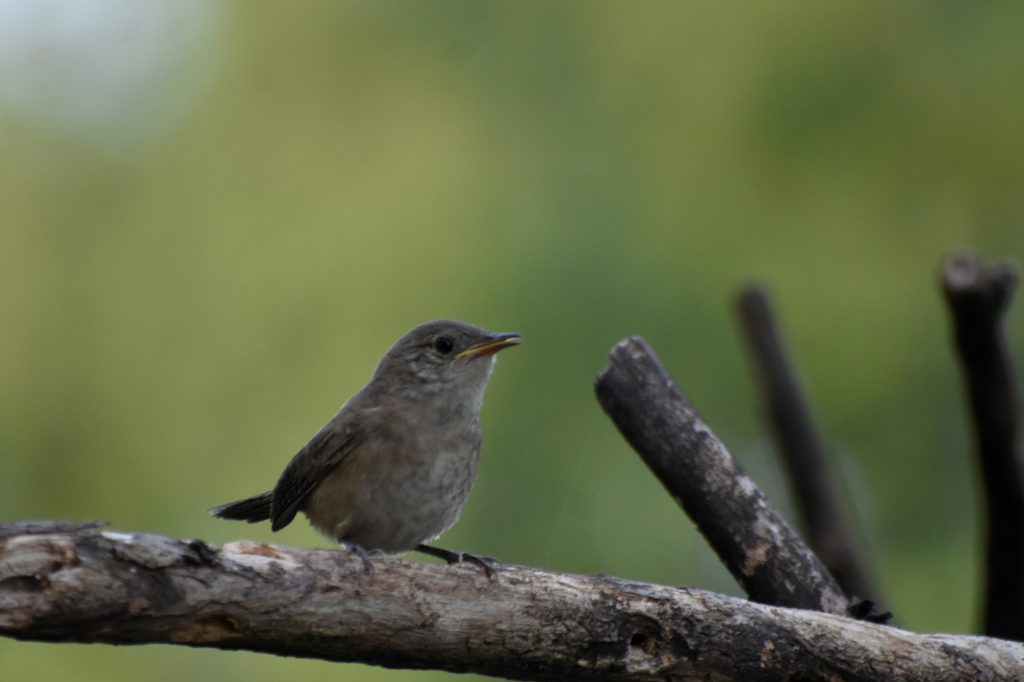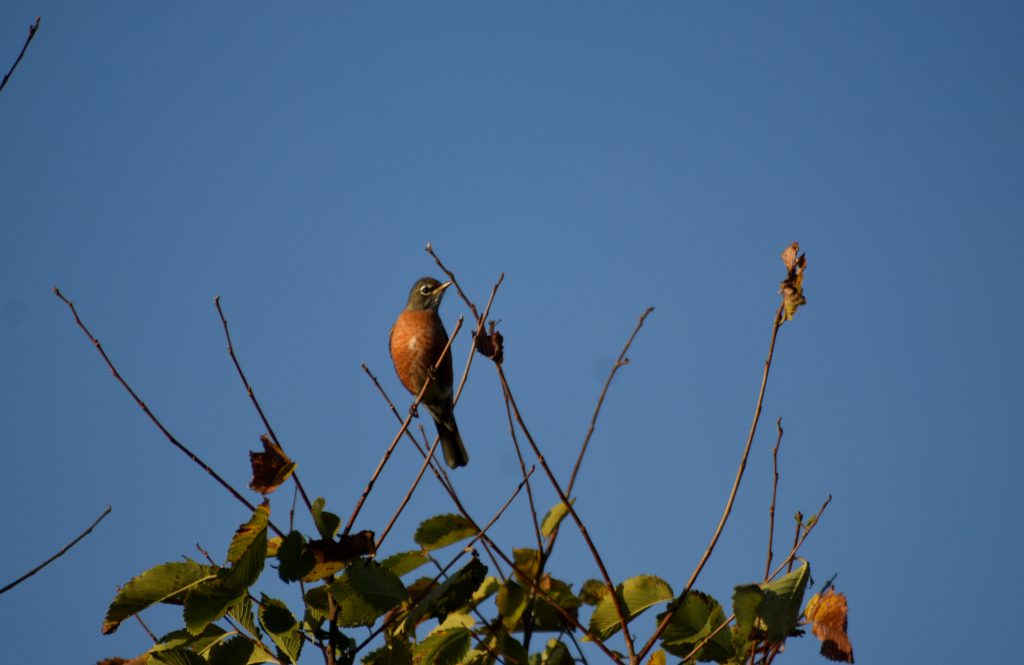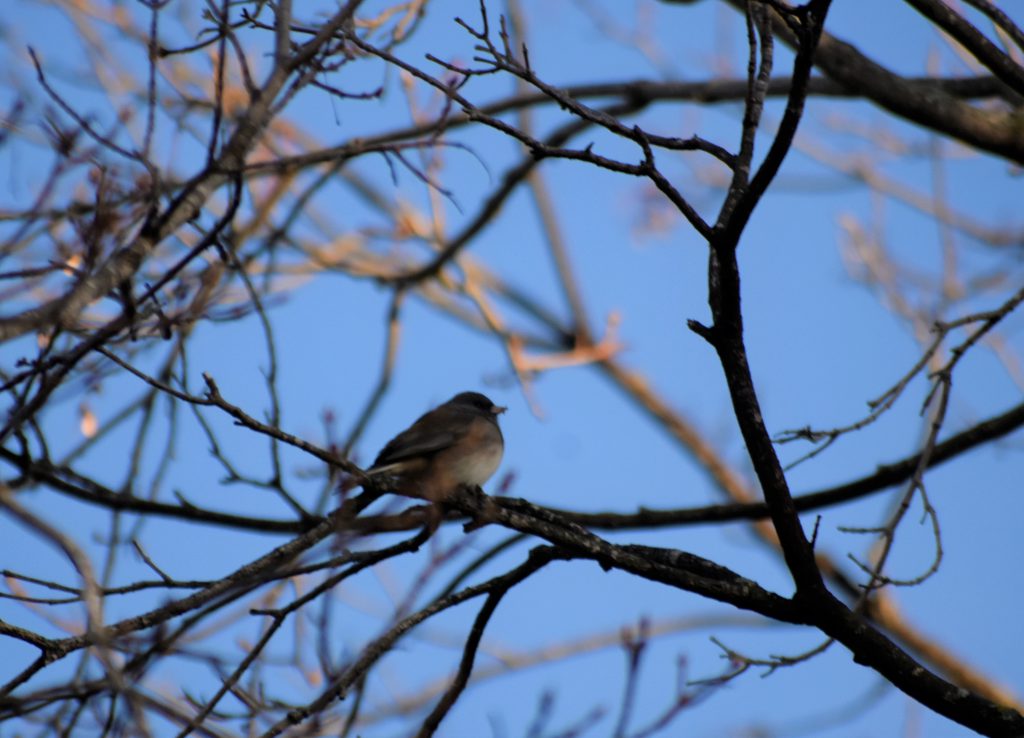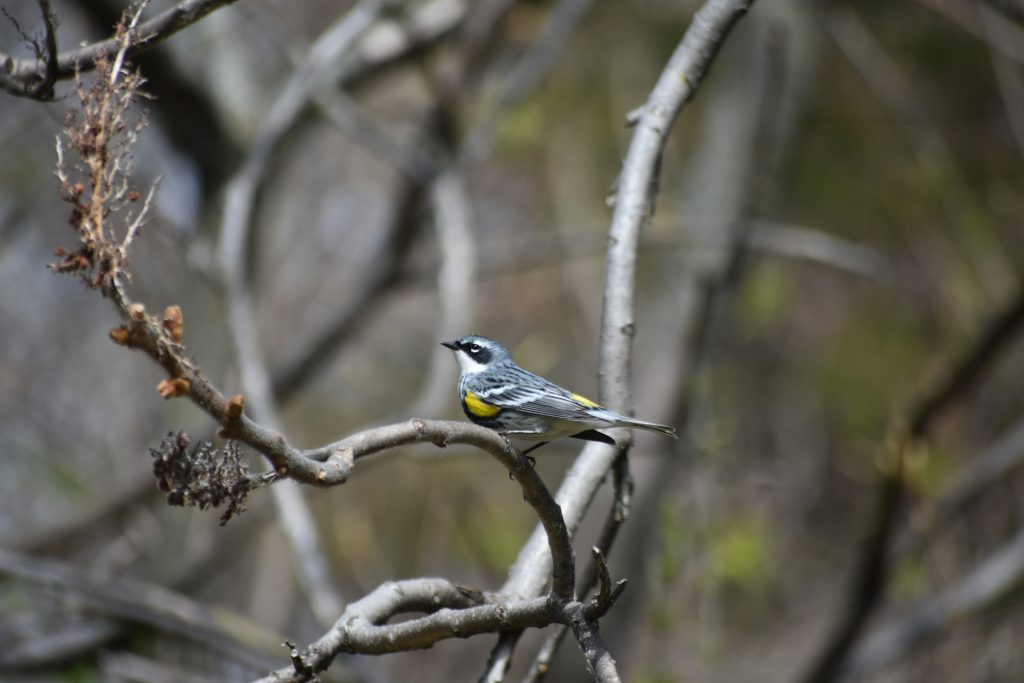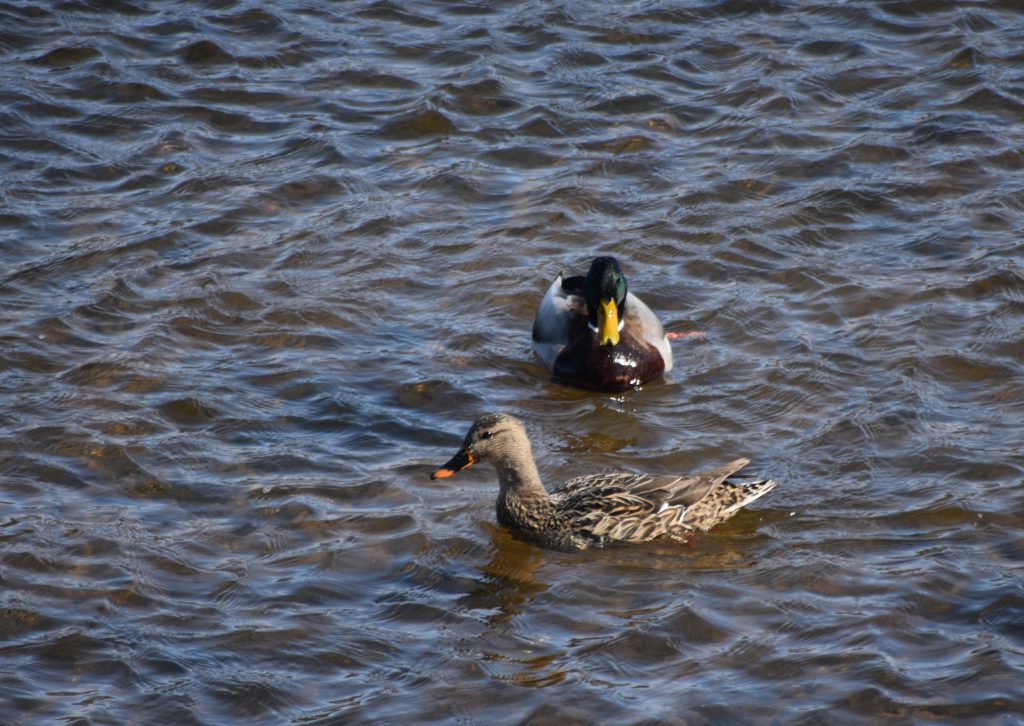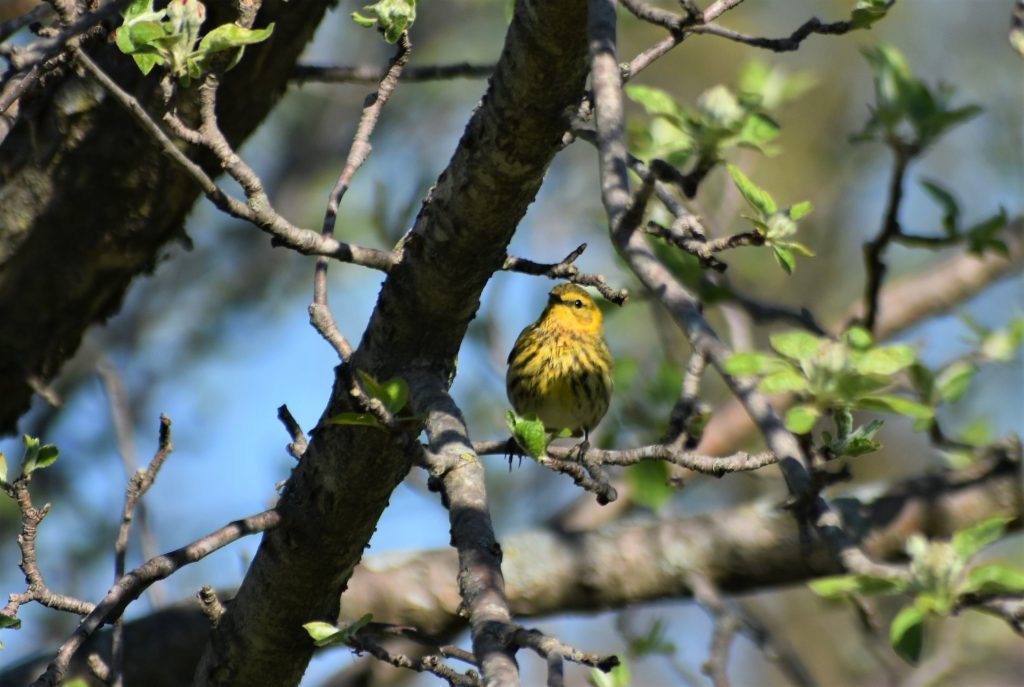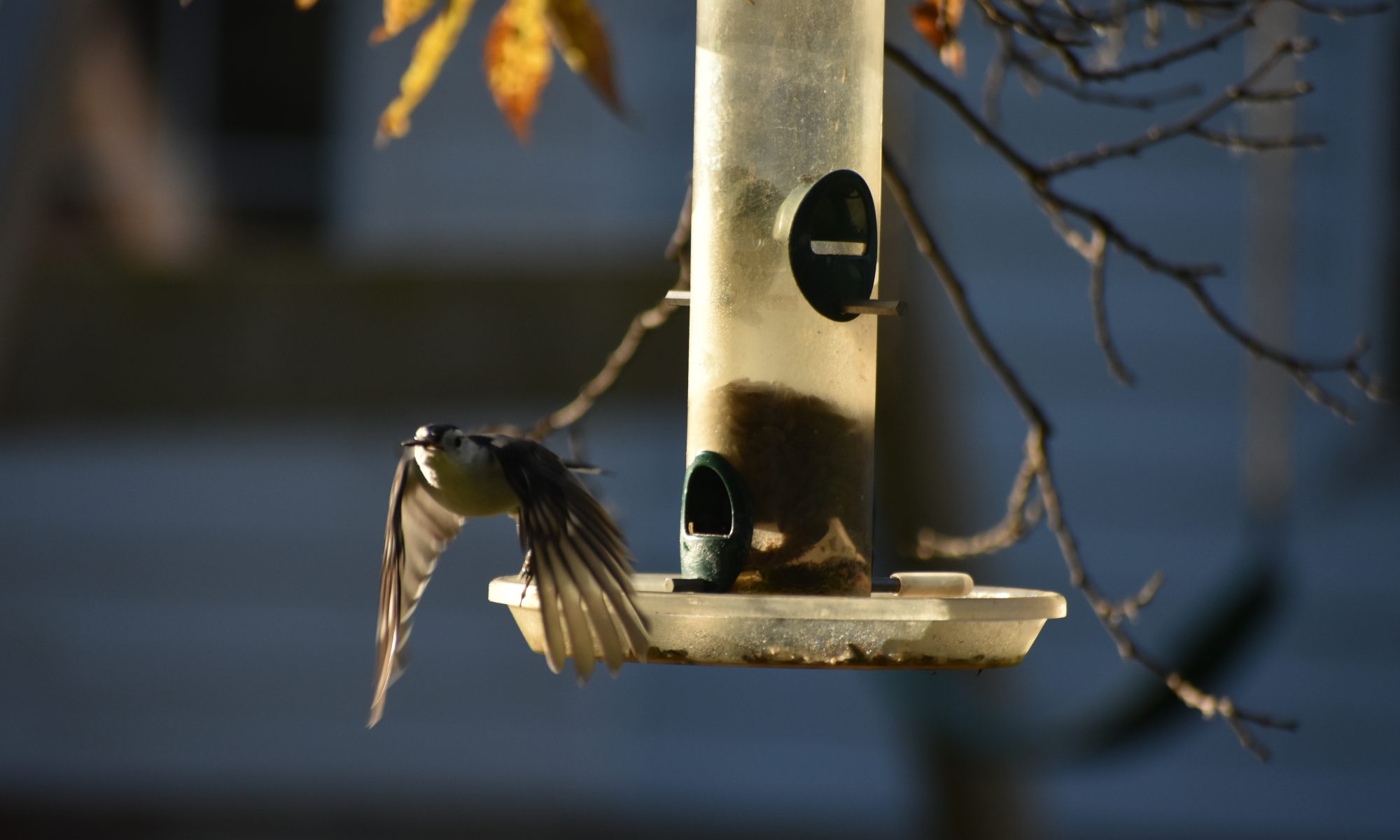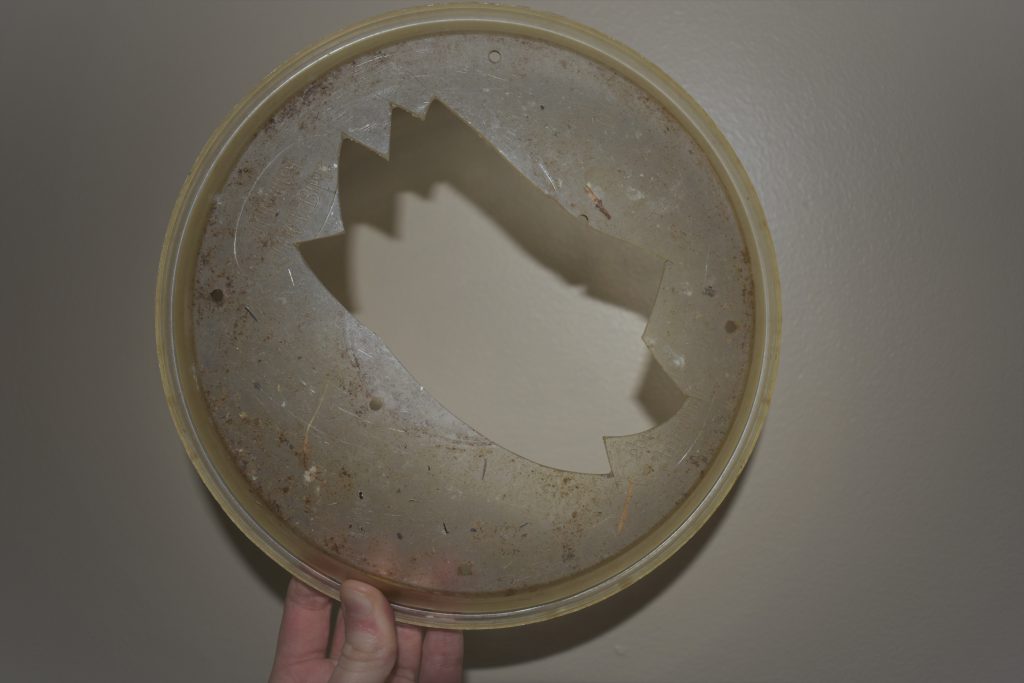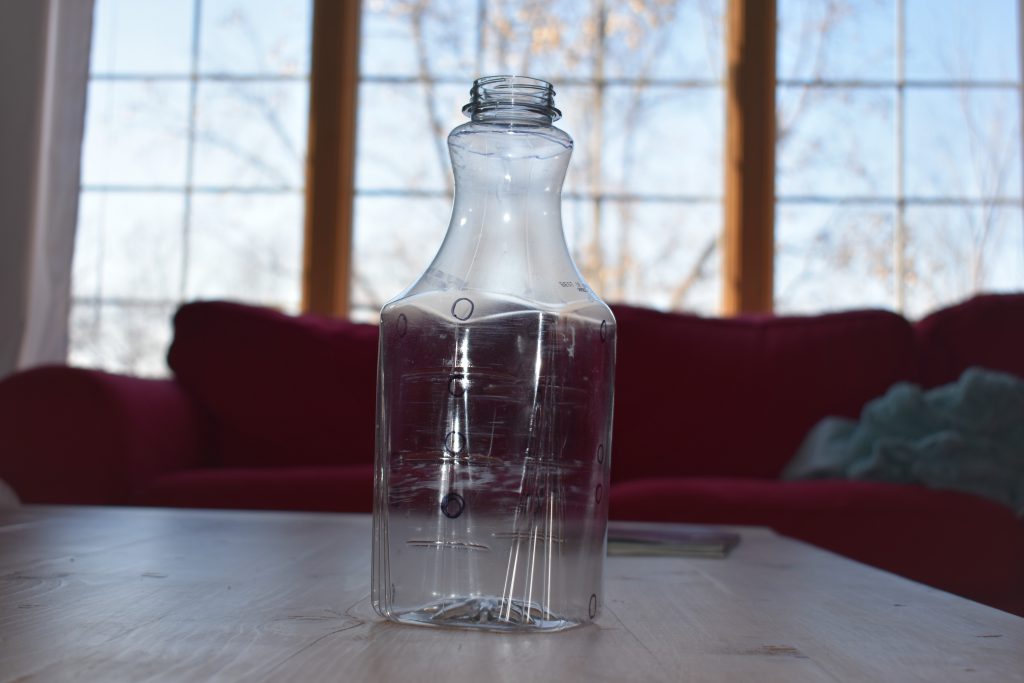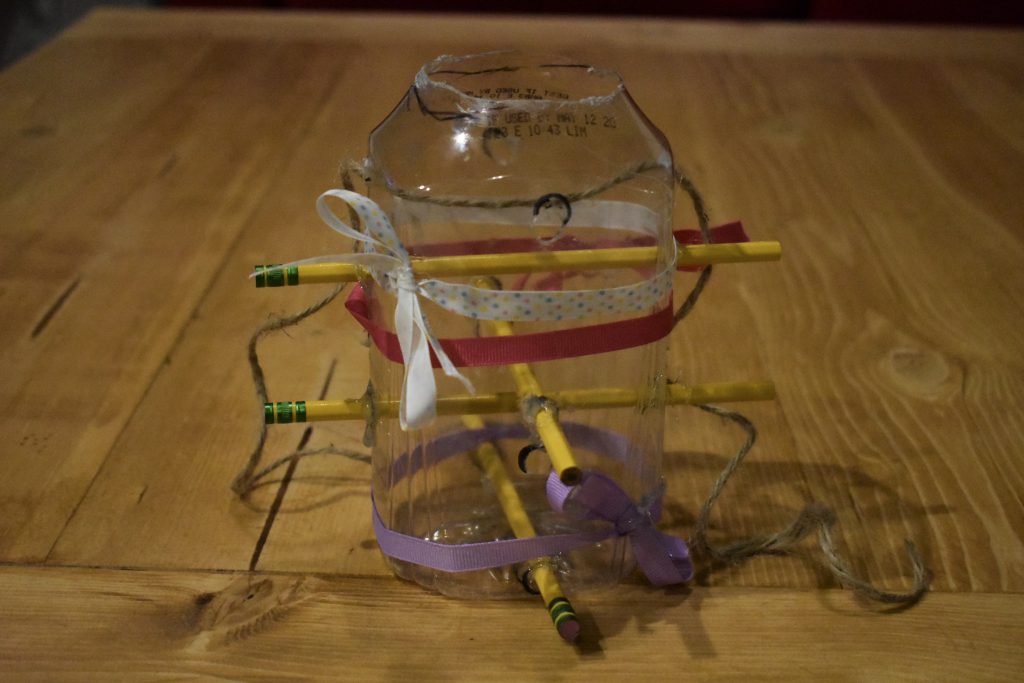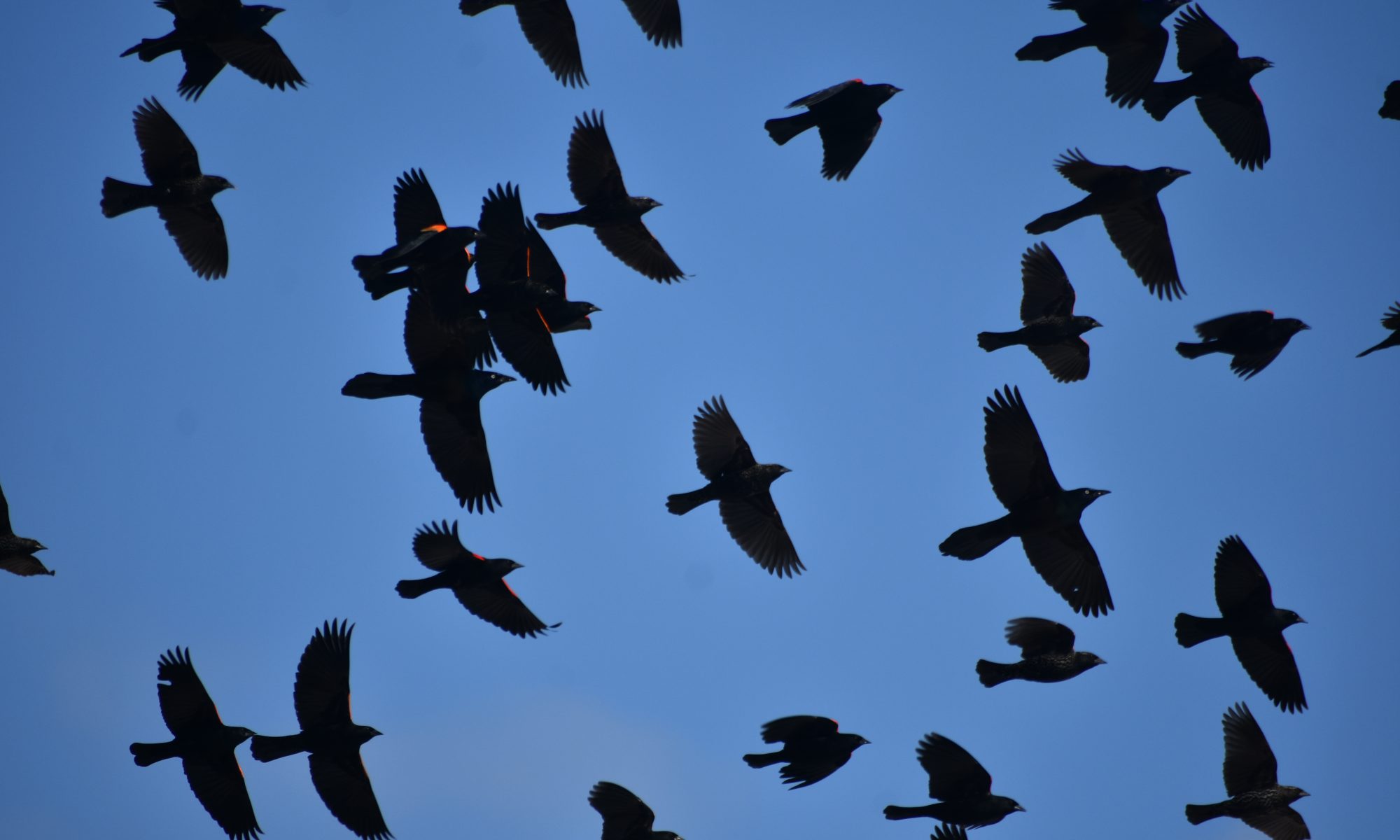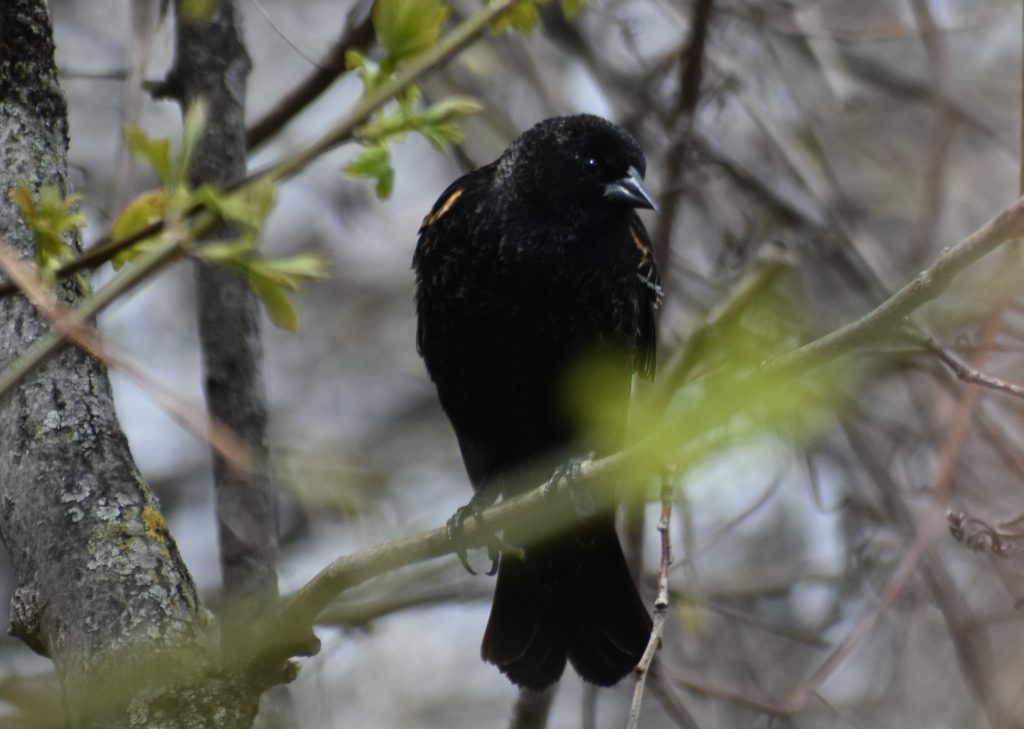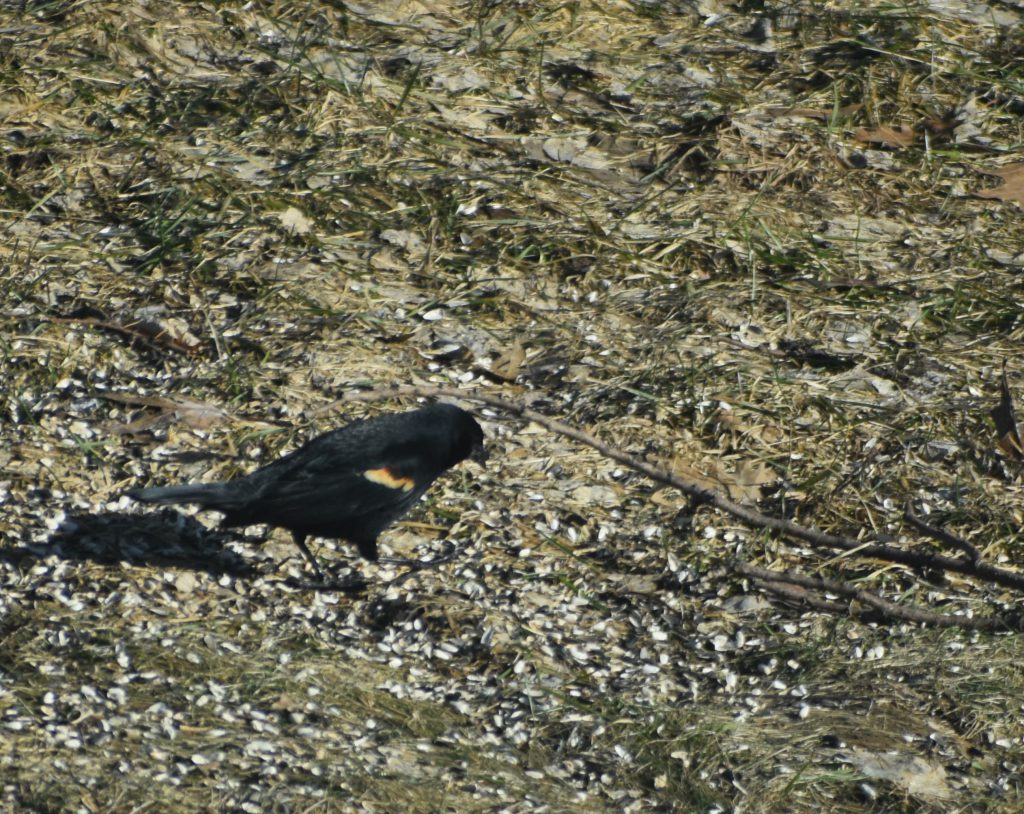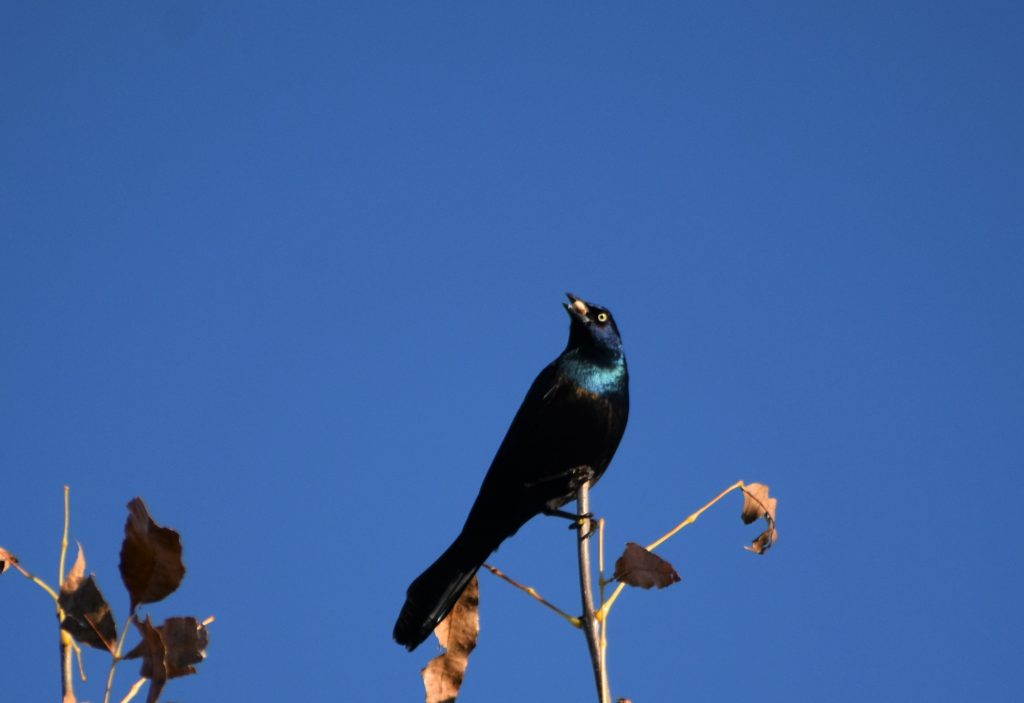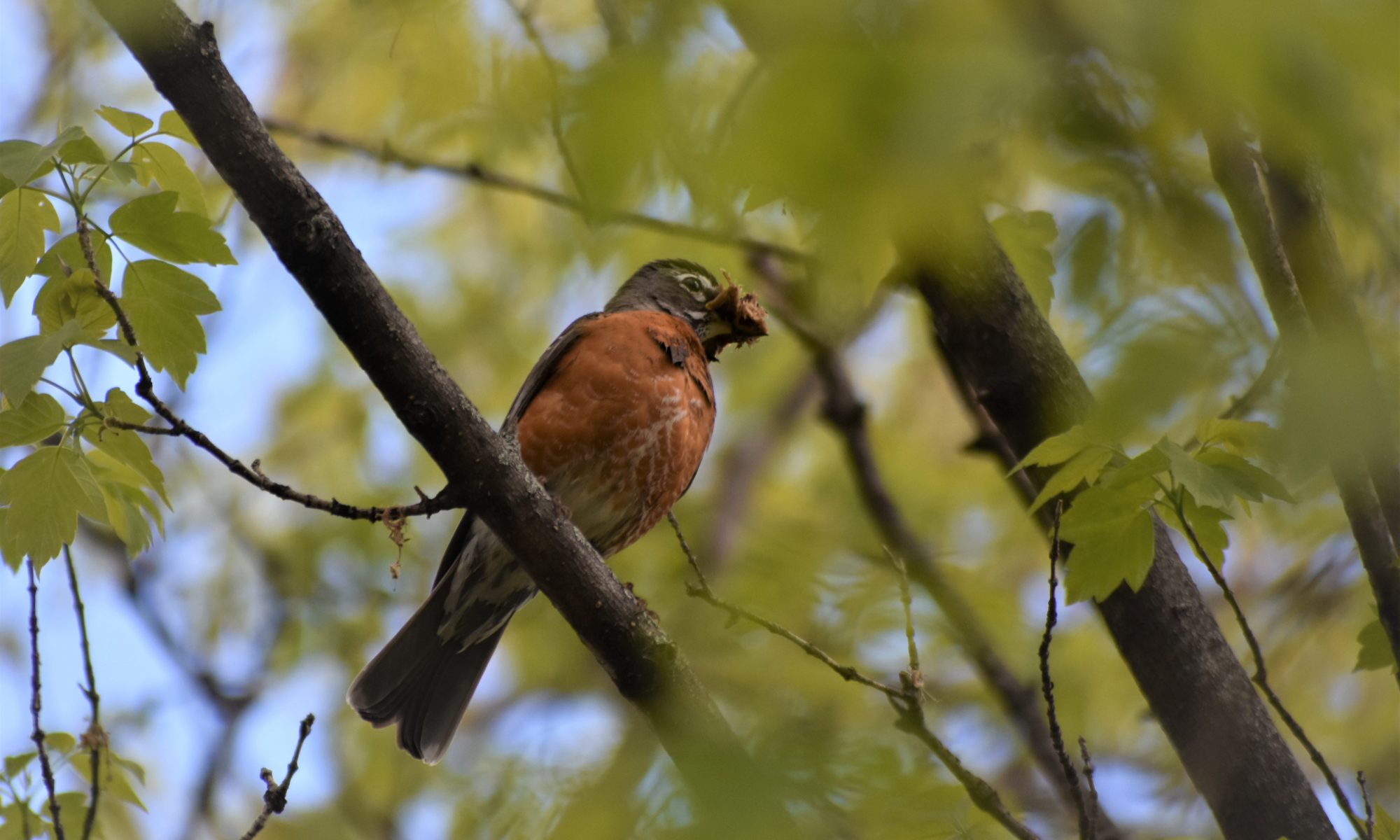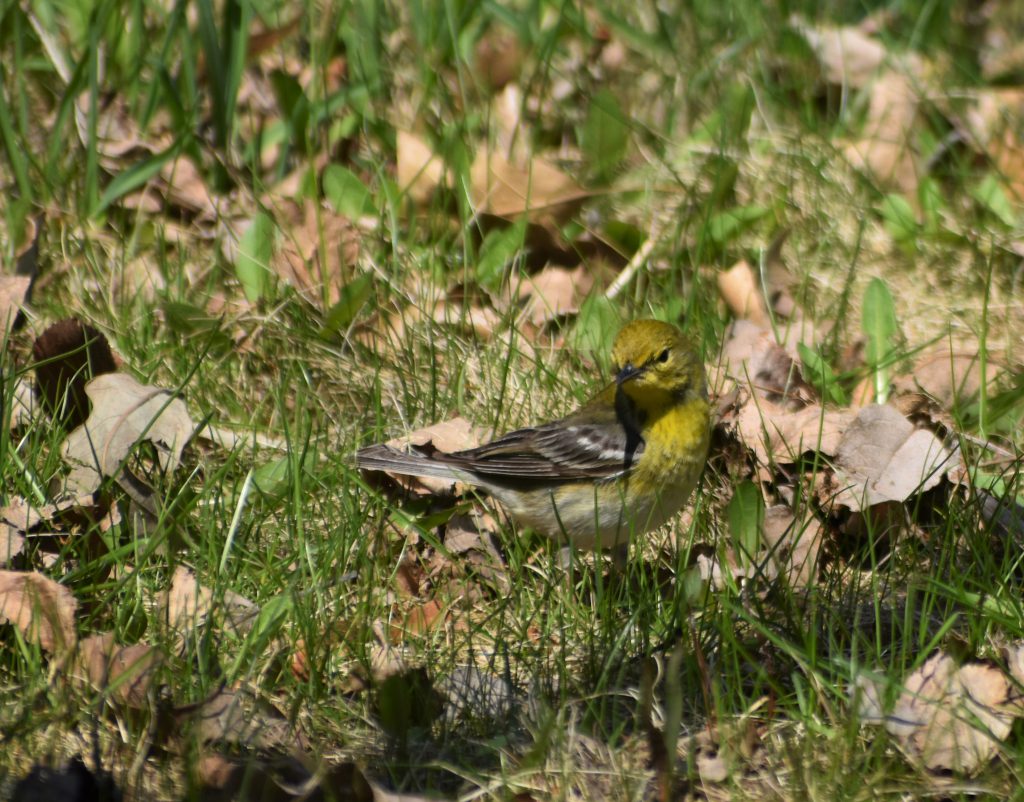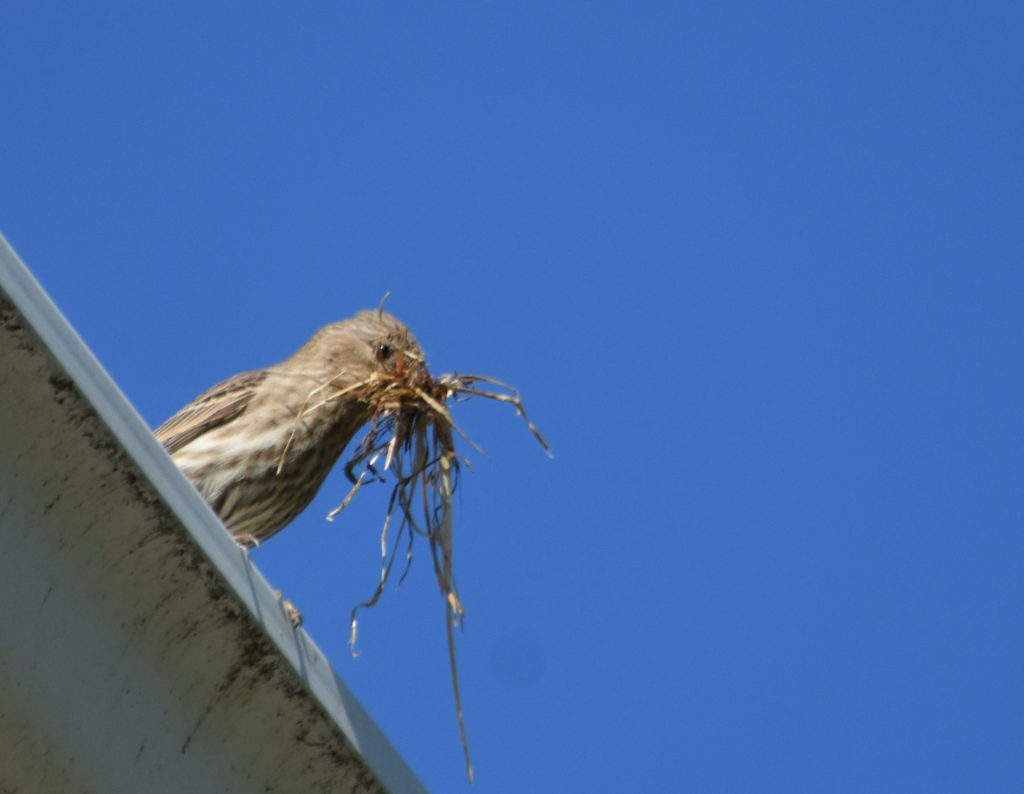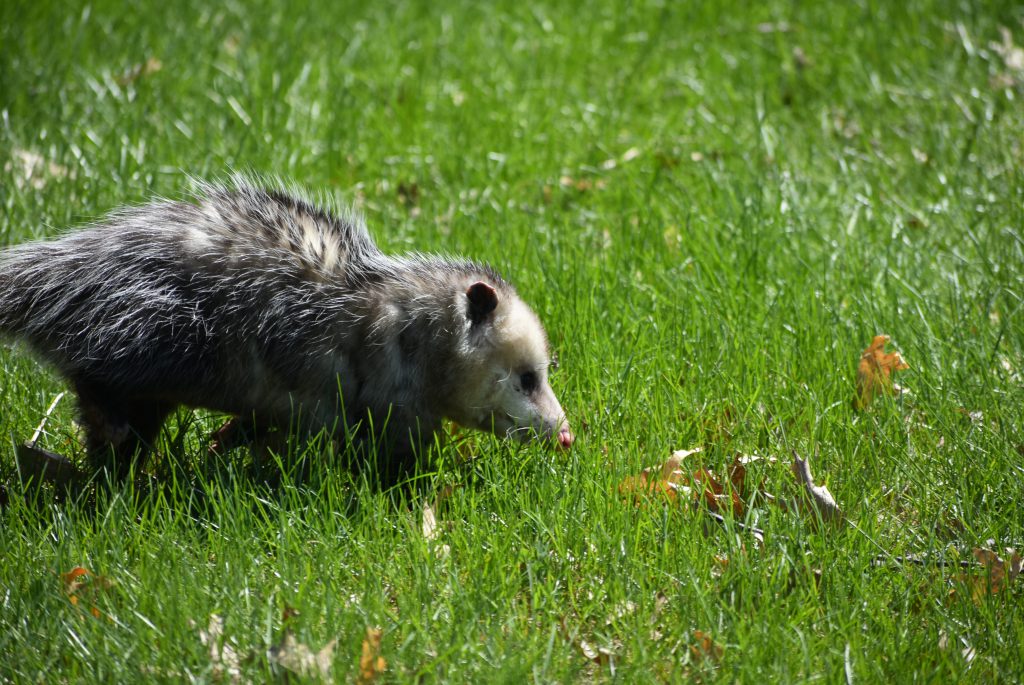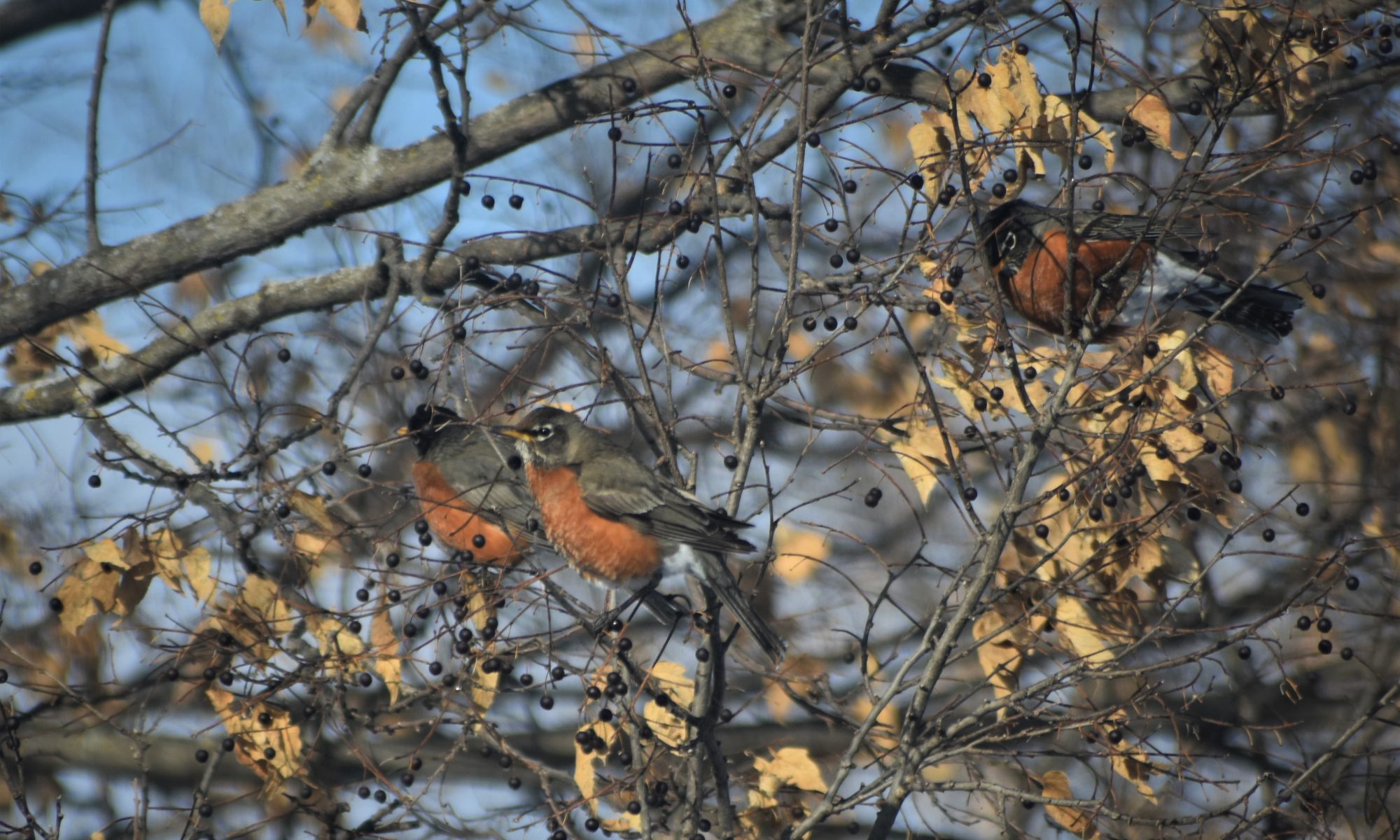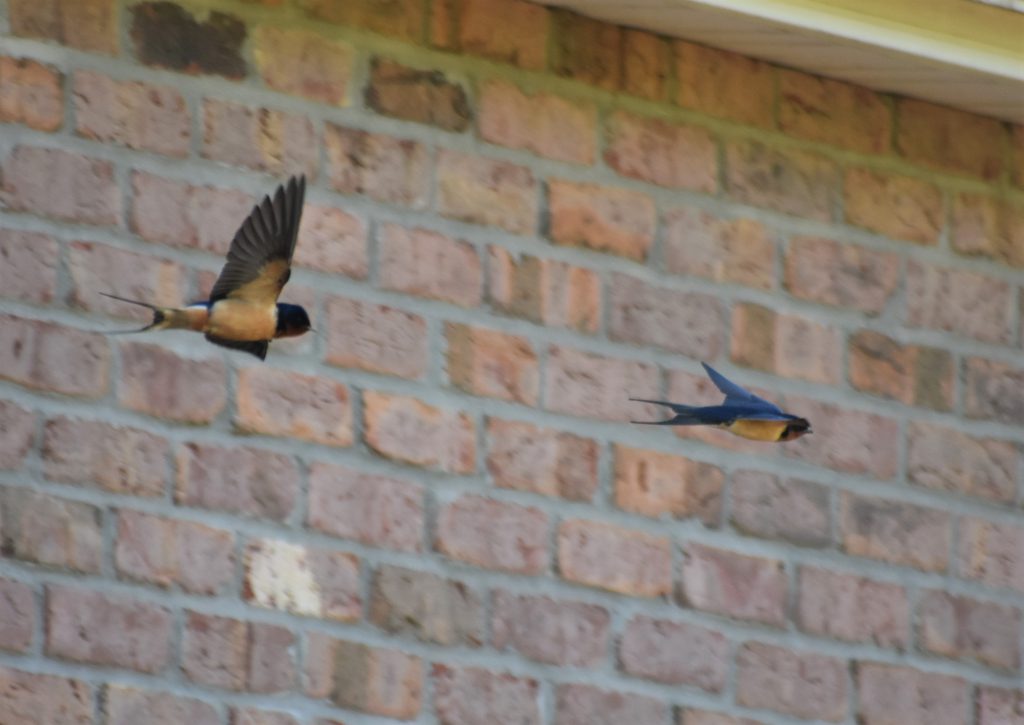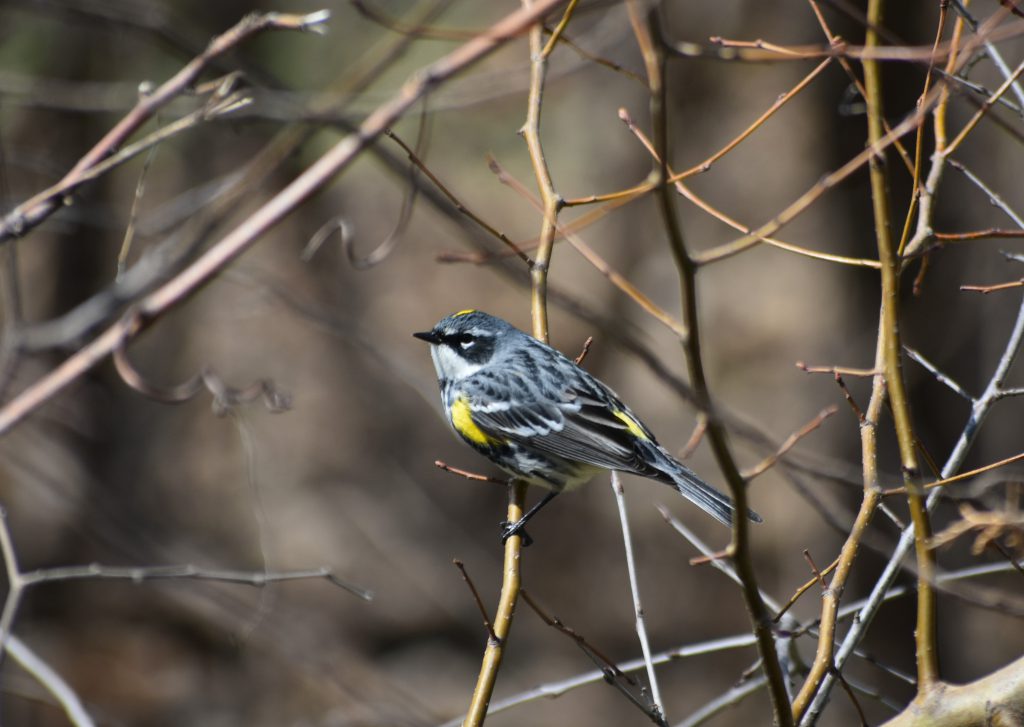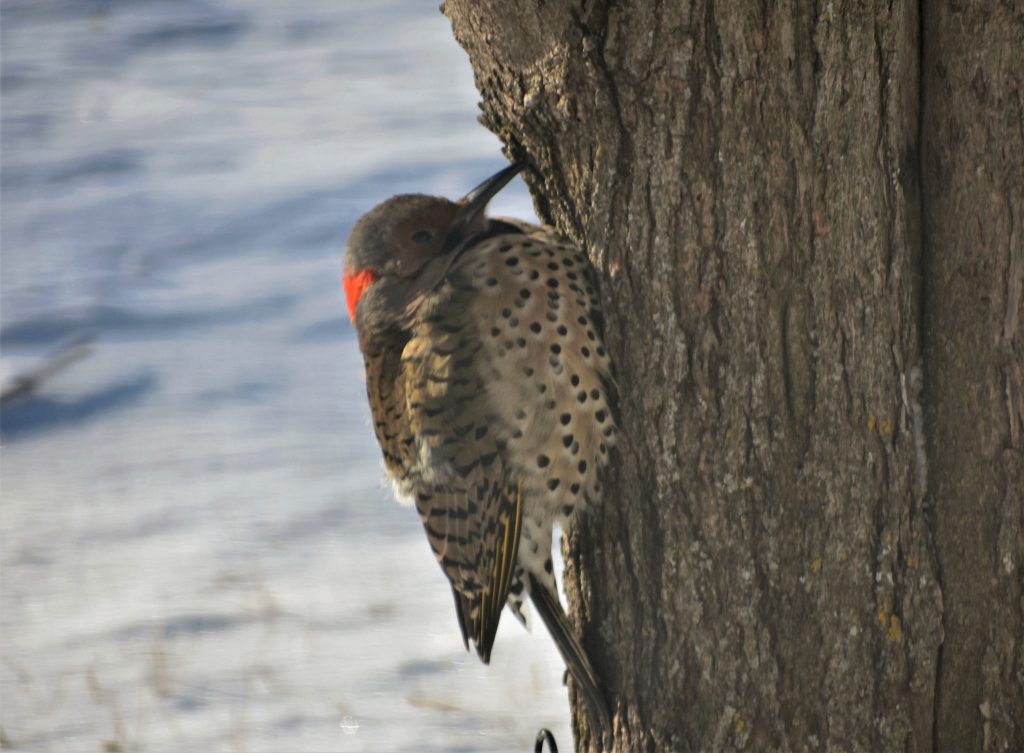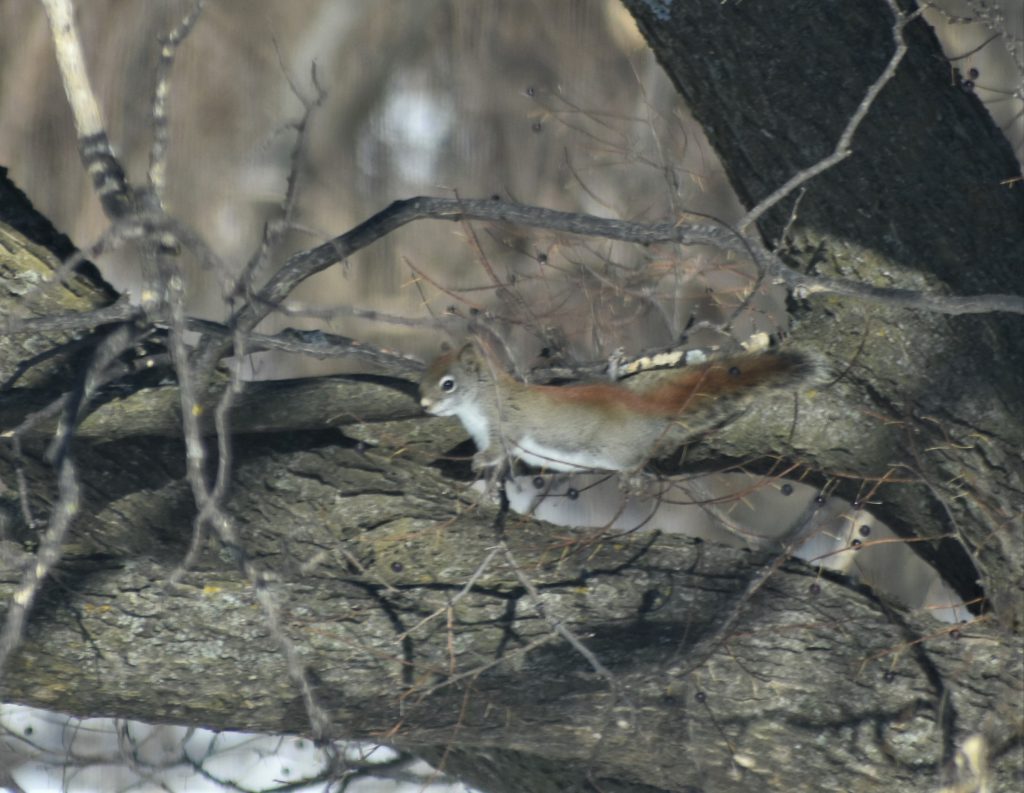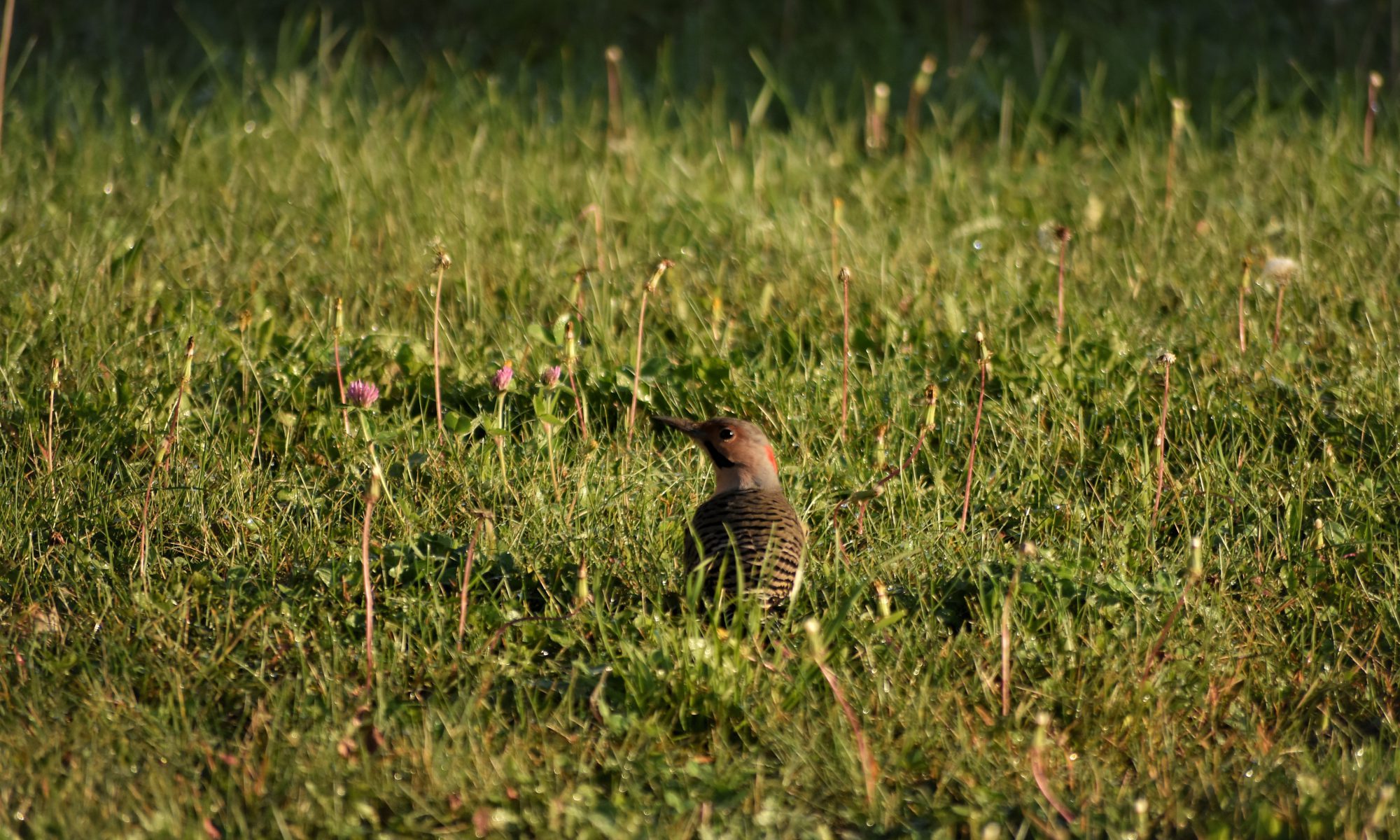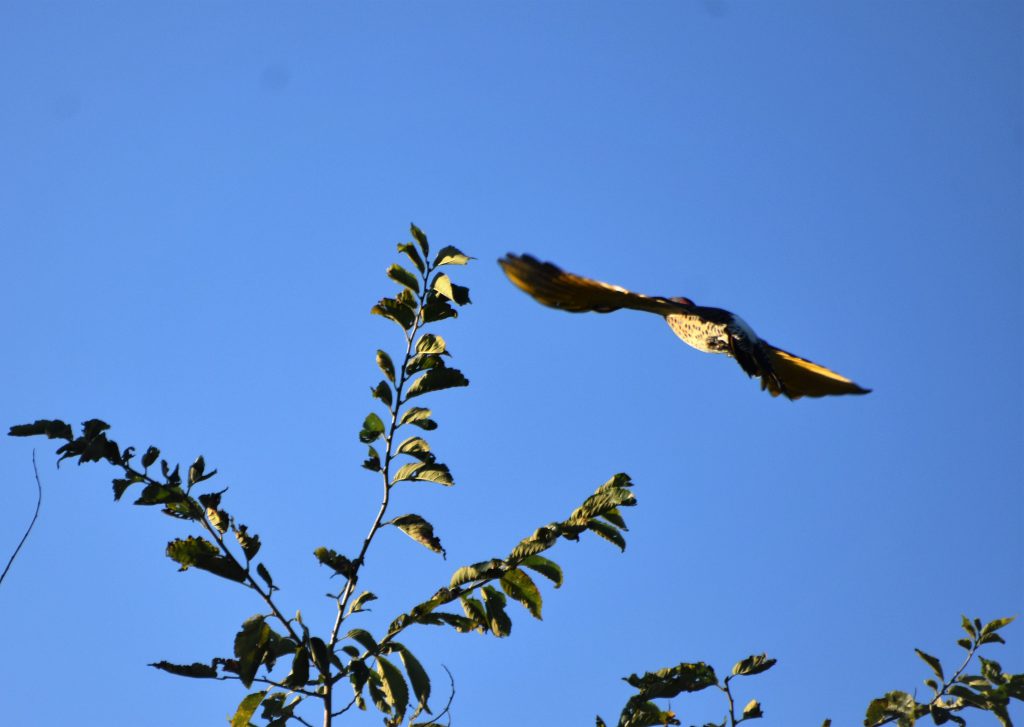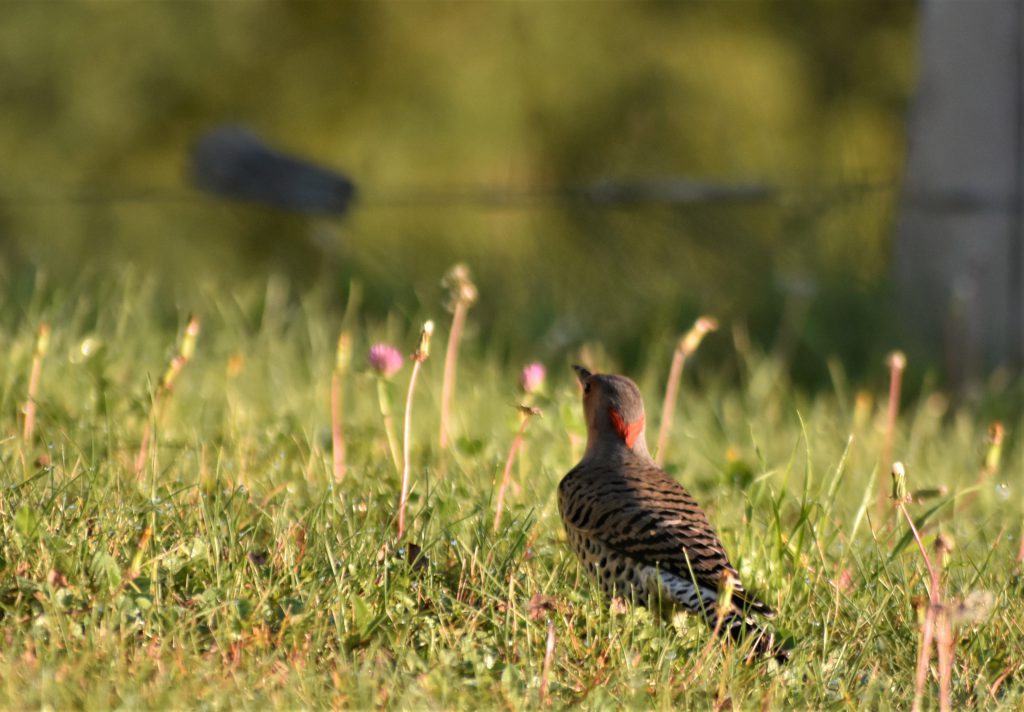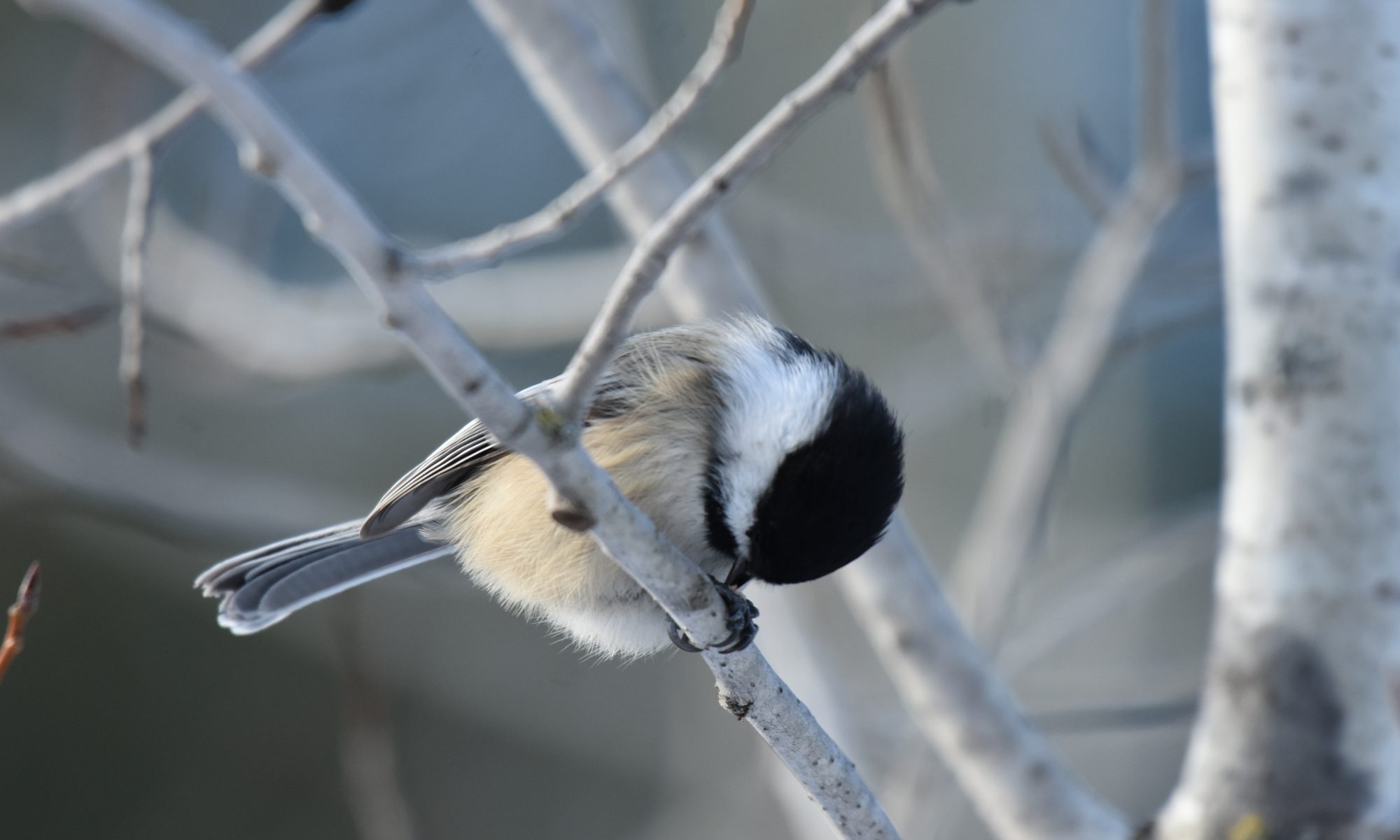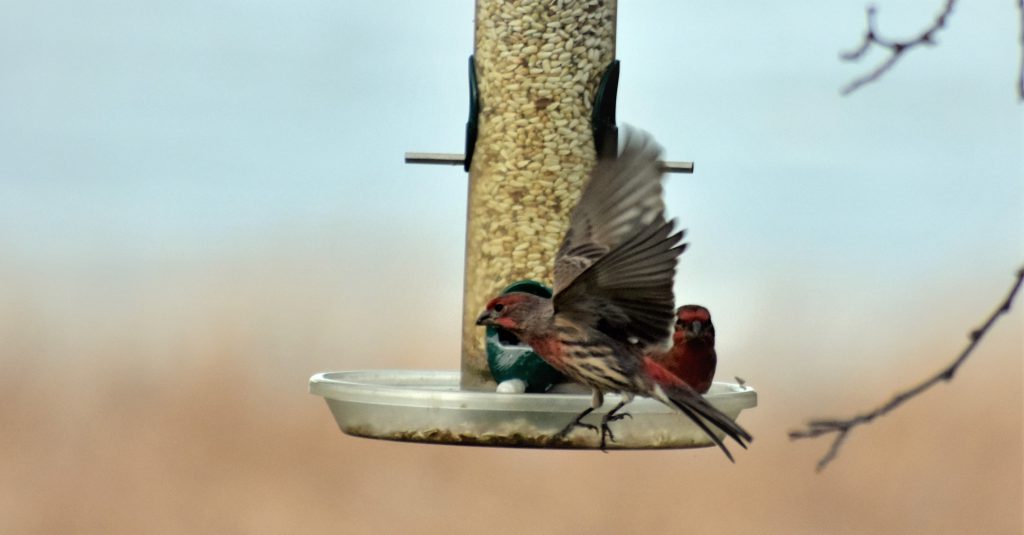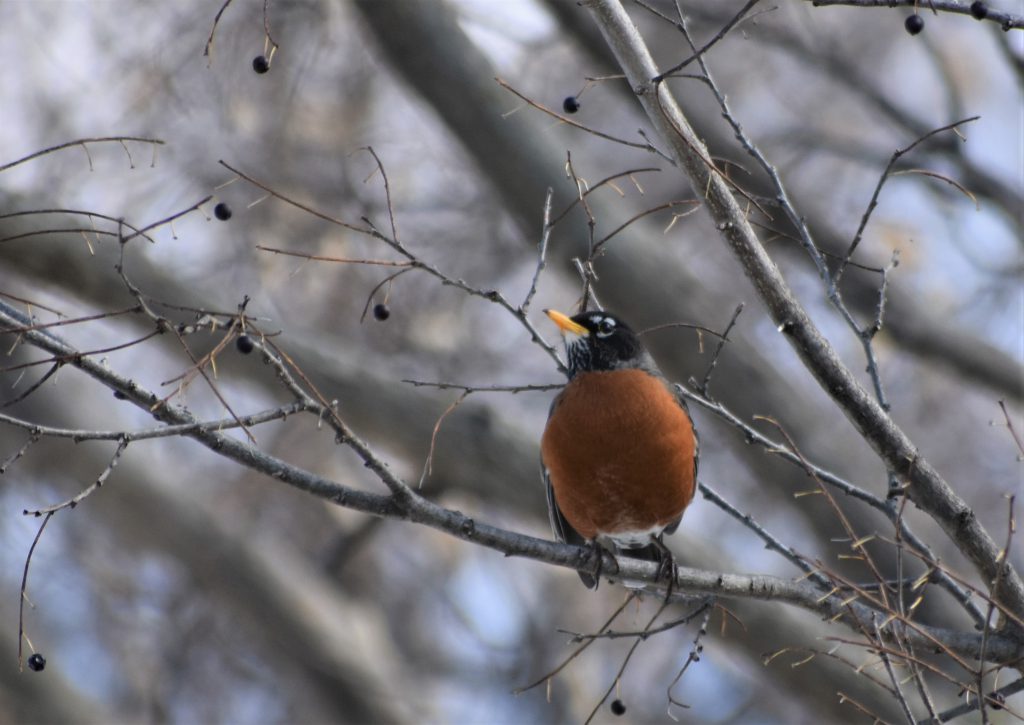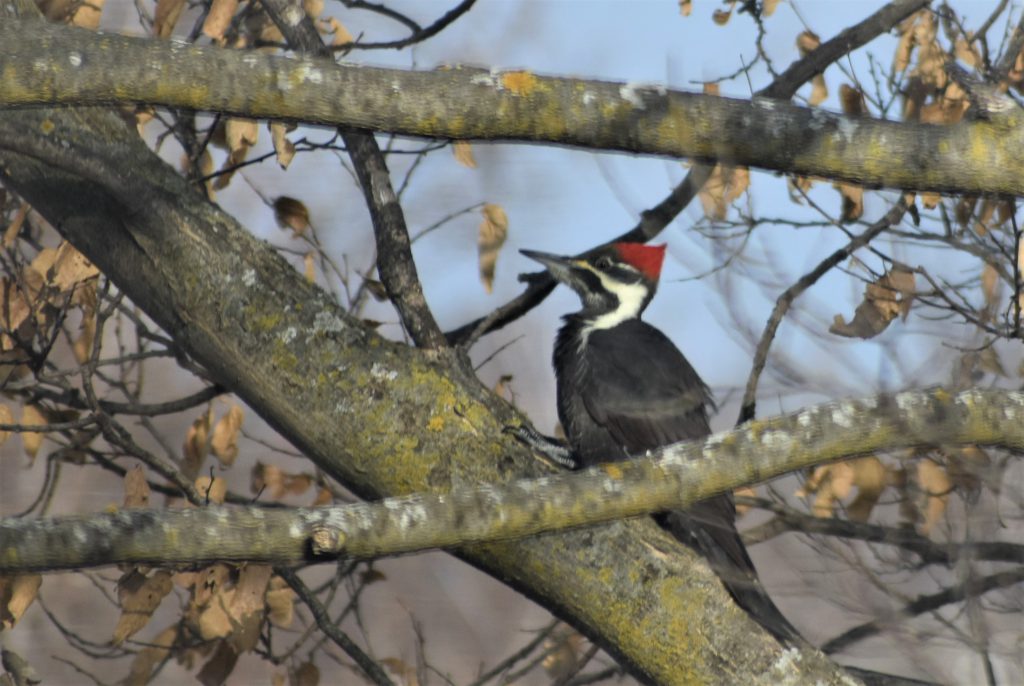With COVID restrictions and below-freezing temperatures, I haven’t been going out beyond my own yard much. It can be pretty depressing when your birdwatching is limited to the chickadees out your window! Still, I’ve had a pretty great week. On Tuesday, I reported the Common Grackle that’s been hanging around my feeders all winter to eBird, and it counted as a rarity for this time of year, which was pretty exciting for me. Grackles are normally migratory birds, and all the others flew south last October. This guy, though, stuck around. I was an hour into watching the feeders when he showed up for just a few seconds, but I spent another half-hour waiting for him with the camera until he came back long enough to photograph! It payed off plenty, though, to get those shots.
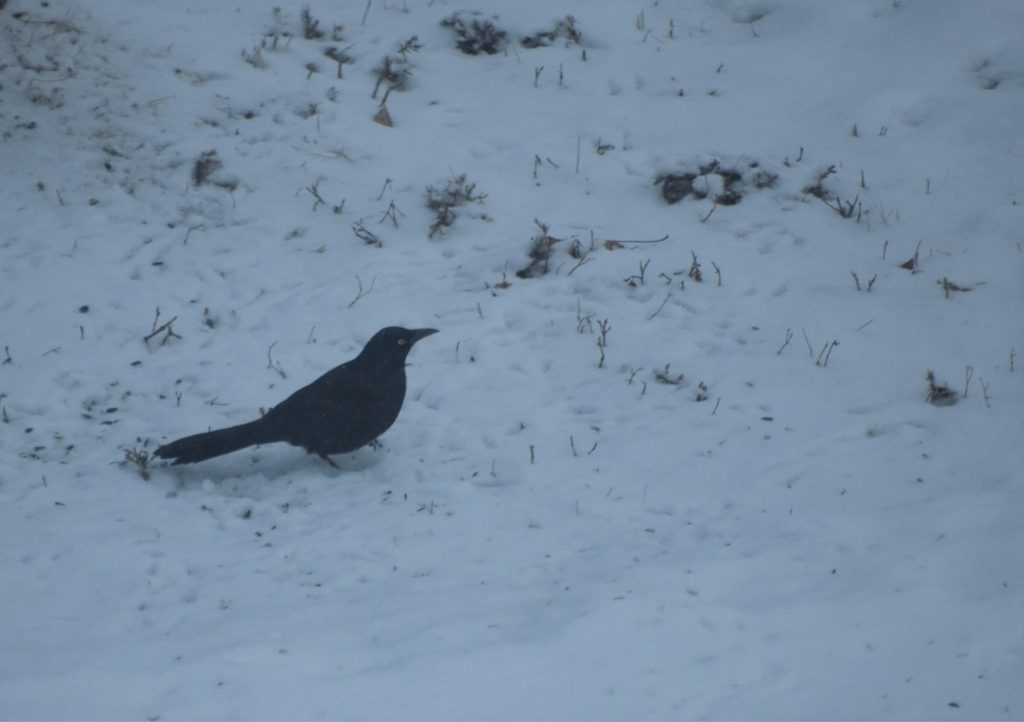
The very next day, I happened to be looking out the window (not very surprising, do I do anything else?) when something landed in a tree above one of my feeders. All I saw was a flurry of wings, so I thought it was a Pileated Woodpecker, a fairly unusual bird in my yard. I went and got the camera in hopes of getting some pictures of it, but by the time I returned, it had moved onto a different branch where it was much easier to see, and I realized it was a hawk! I absolutely love raptors, so that was better than a Pileated. Within seconds, it was mobbed by the Blue Jays at the feeders and got out of there, but I got good enough photos to identify it as a Cooper’s Hawk. It was covered in brown streaks instead of red barring, so it must’ve been a juvenile. I hope he found something to eat elsewhere!
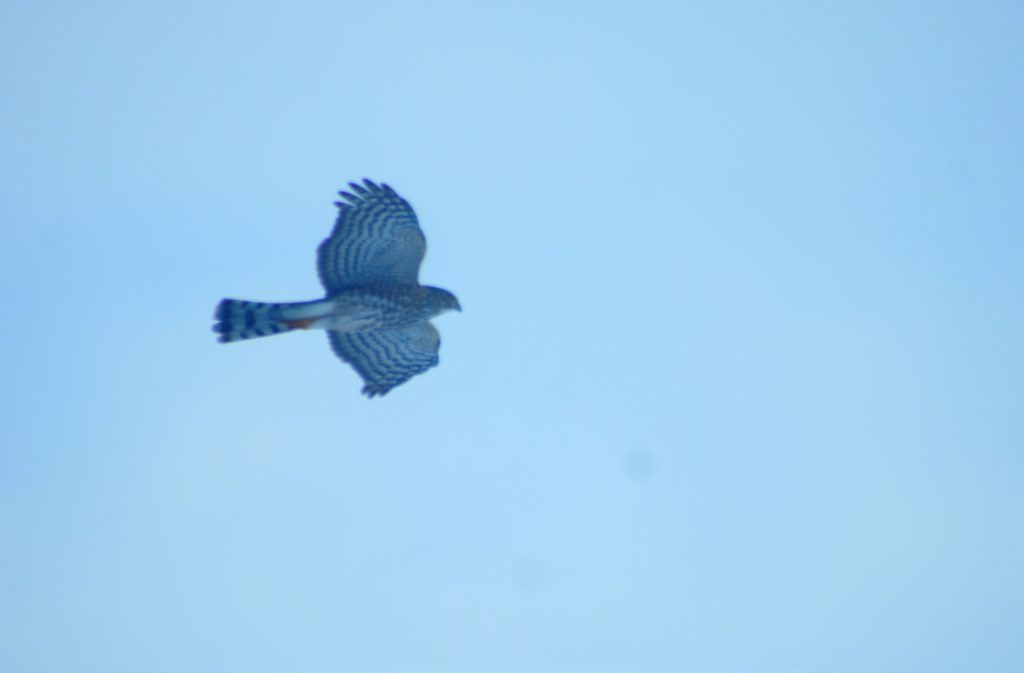
Both of those were exciting, but neither was a new species for me, so my favorite sighting this week was definitely on Friday, when something unusual turned up during my window-watching. What I thought was a Blue Jay landed at the very top of a big evergreen, a popular spot for jays, but when I fixed my binoculars on it, I realized this was something different. It was grey, with a shorter and slightly rounder bill than Blue Jays, and had black-and-white patches on its wings. I immediately knew this was a Northern Shrike- one for the life list! I love it when a new species turns up right in my own backyard. I grabbed my camera, but it flew away before I could get a picture, and didn’t come back no matter how long I waited. I braved the outdoors to look for it, but though I saw a lovely Ring-necked Pheasant, I just couldn’t find that shrike! I’m still holding out hope that it’s lurking somewhere in the neighborhood, and that it’ll come back to my yard soon, but until then, I’m content with a short sighting of an awesome bird to add to my life list.
